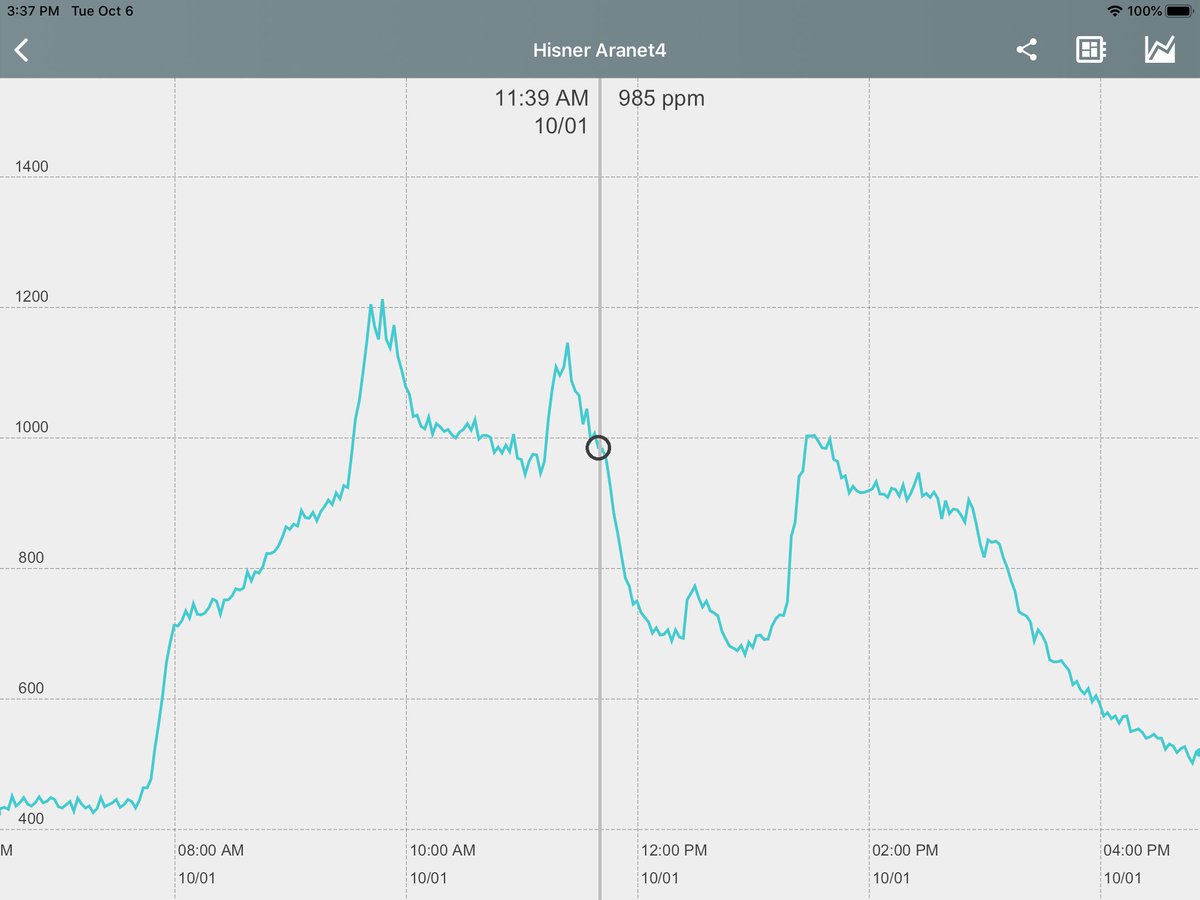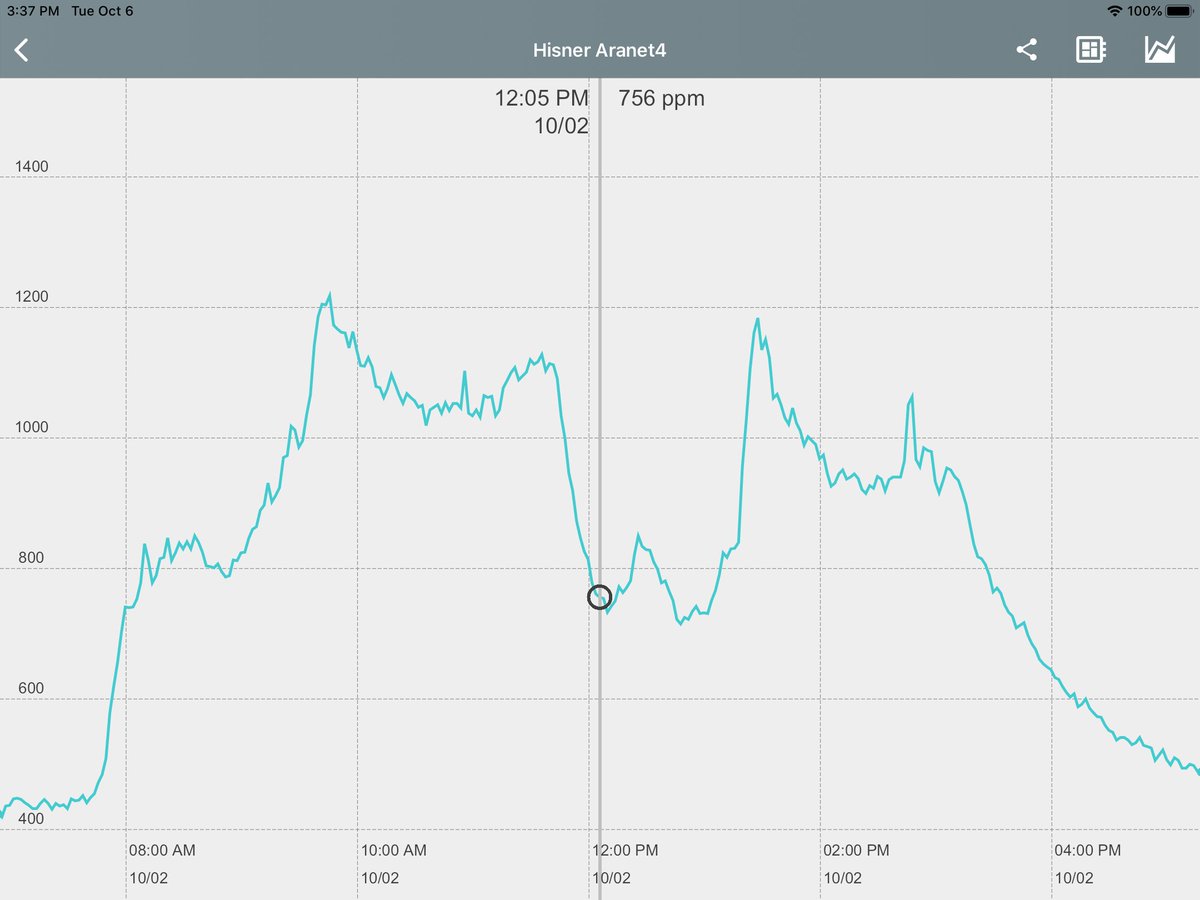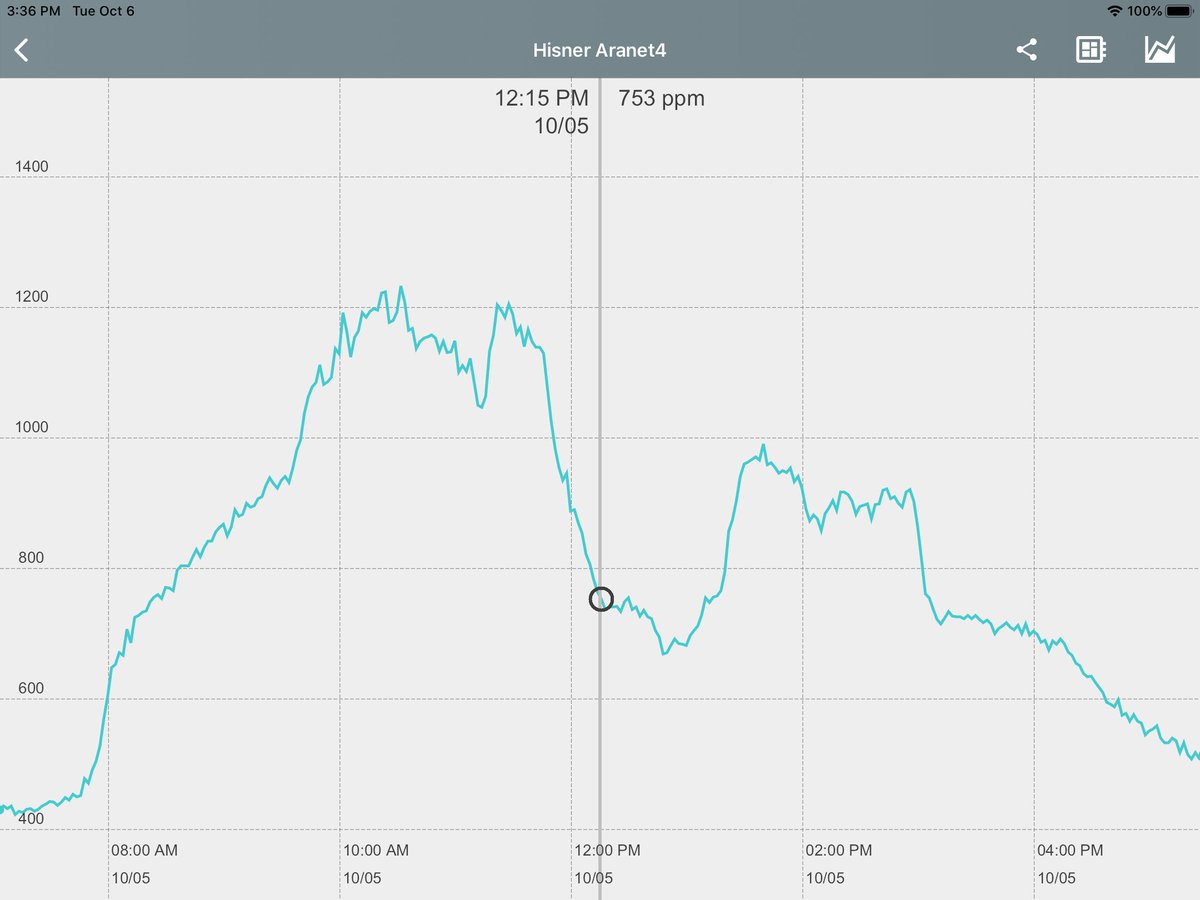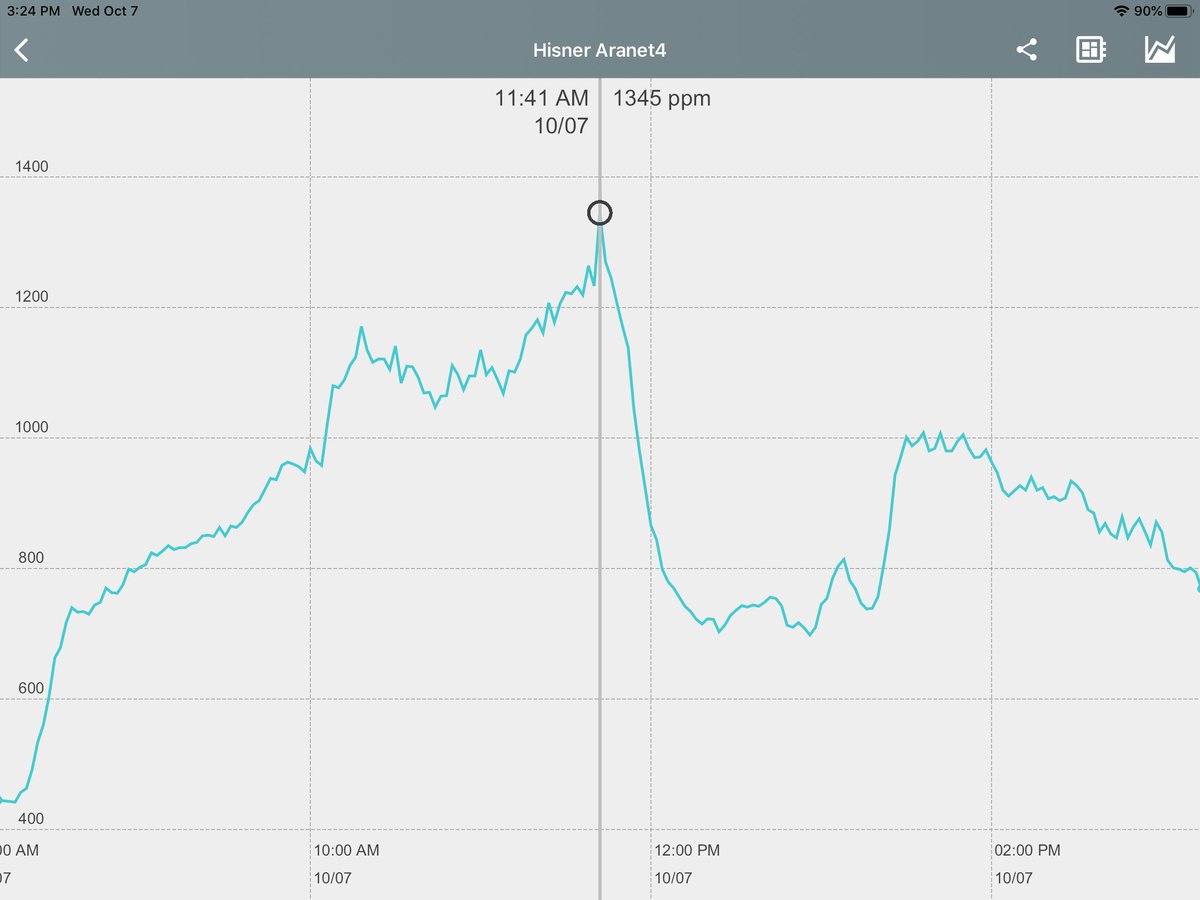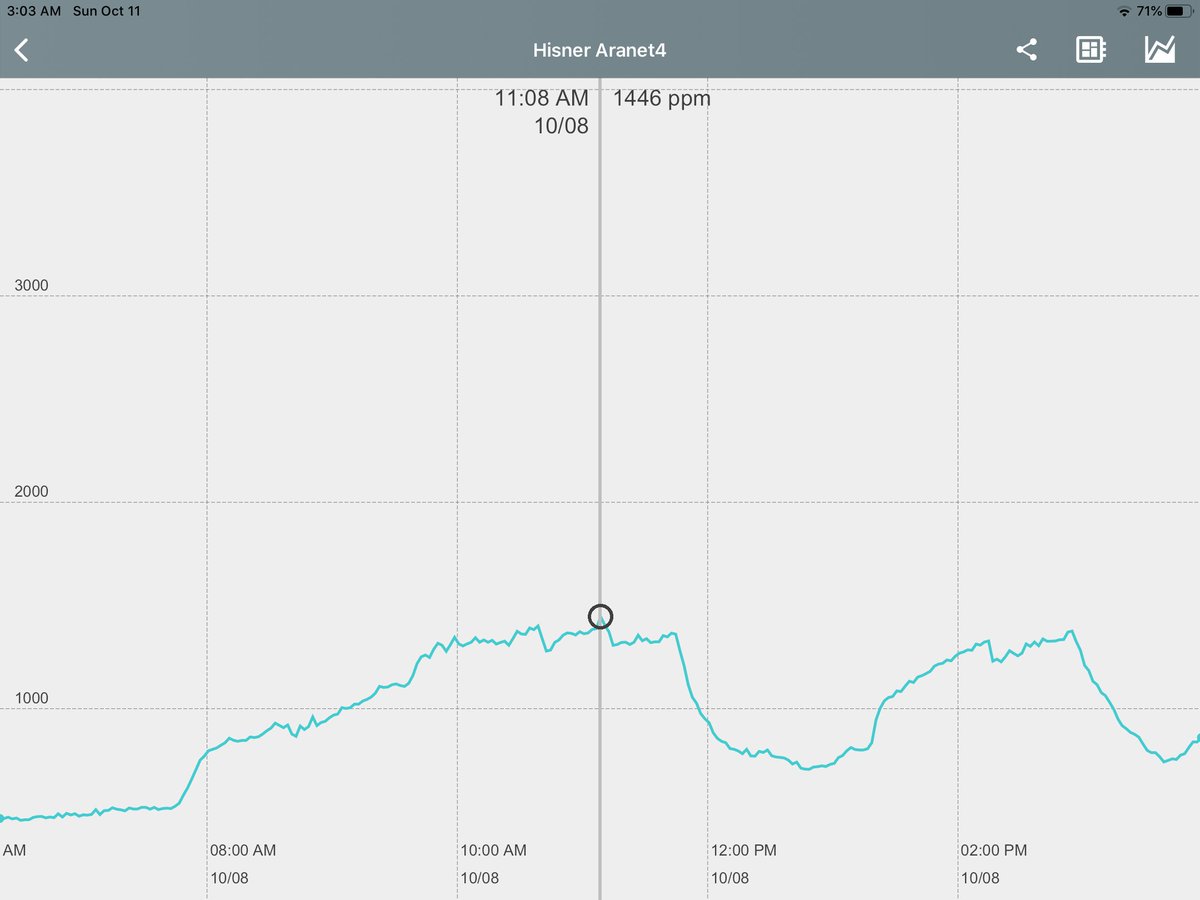
1/ So I found out this garbage meta-analysis is apparently being shared all over the place. I decided to take a look at the studies they cited as evidence that asymptomatic and presymptomatic spread are marginal. What I found was shocking to say the least.
https://twitter.com/jennybethm/status/1343276619780255744
2/ They only included four studies that analyzed asymptomatic or presymptomatic transmission. One of the four studies was based on 8 cases and their 23 contacts. Four cases were presymptomatic and four asymptomatic. One of their 23 contacts was infected. 

3/ The one case of transmission was from one of the four presymptomatic cases. They did not analyze any cases of symptomatic transmission. ncbi.nlm.nih.gov/pmc/articles/P…
4/ The second study was based on just 19 index cases in Brunei, seven presymptomatic and four asymptomatic. They state that SAR for symptomatic cases (14.4%) was higher than for presymptomatic cases (6.1%), but that conclusion is fatally flawed. wwwnc.cdc.gov/eid/article/26…
5/ There was an outbreak after a social gathering, and all who attended were tested. Anyone who tested positive was sent to a national isolation center (NIC). All who had symptoms at testing were categorized as symptomatic. 

6/ But here's the problem: they categorized all transmission by these symptomatic patients as "symptomatic transmission," despite not knowing whether the transmission occurred in the presymptomatic or symptomatic period. This is a pretty basic error. 



7/ On to study #3. This study occurred early in the pandemic when those without symptoms were not tested. Therefore, it only included one asymptomatic patient. That's right—one asymptomatic case.
8/ "Both household contacts of the one asymptomatic primary patient remained uninfected."
academic.oup.com/cid/advance-ar…
academic.oup.com/cid/advance-ar…
9/ The final study is from the South Korean call center outbreak. It includes just four asymptomatic cases and four presymptomatic cases (who showed no symptoms until after entering a quarantine facility). ncbi.nlm.nih.gov/pmc/articles/P… 

10/ "Among 11 household members of presymptomatic case-patients and 4 household members of asymptomatic case-patients, none had COVID-19 symptoms nor tested positive after 14 days of quarantine."
Eight cases. 15 household contacts.
Eight cases. 15 household contacts.
11/ To sum it all up, this meta-analysis which "could change everything" cites four studies including a total of 13 asymptomatic cases & 15 presymptomatic cases. If you don't believe me, read the studies yourself, citations 26, 43, 44, & 52. jamanetwork.com/journals/jaman… 

Dr. LaFevers is correct. I only examined at their claims about asymptomatic & presymptomatic transmission. The rest of the study might be solid. But it was the claims about asymptomatic/presymptomatic transmission that caught fire among Covid denialists.
https://twitter.com/klafavers/status/1343938620894433286
Follow-up: One of the most frustrating aspects of this study was their lumping together of asymptomatic and presymptomatic transmission in the "Results" section & their implication these two categories together have a household SAR of 0.7%. 

Again, this meta-analysis included 15 cases from 3 studies in which presymptomatic transmission was analyzed. These were people who were without symptoms when they tested positive and were then placed in quarantine facilities. The Brunei study analyzed 7 presymptomatic cases. 

But there's a major problem: Because these cases were isolated before symptoms appeared, the presymptomatic period was truncated, eliminating much (likely most) of the time period in which presymptomatic transmission is most likely to occur—the 2 days prior to symptom onset. 

Graphs depicting transmission timing relative to symptom onset above and 1 of the 2 below are from @LucaFerrettiEvo-led study: medrxiv.org/content/10.110…
Other below is from He et al, which I first found thanks to a tweet from @DiseaseEcology. nature.com/articles/s4159…

Other below is from He et al, which I first found thanks to a tweet from @DiseaseEcology. nature.com/articles/s4159…


Again: the period during which presymptomatic cases are most highly infectious—the 2 days just before symptoms appear—are partially or completely absent in most of the 15 cases analyzed in this meta-analysis. Why attach a number for household SAR like 0.7% on such a thin basis?
And—crucially—as the authors of one of the studies noted, "Given the high degree of self-quarantine & isolation measures that were instituted after March 8 among this cohort, our analyses might have not detected the actual transmissibility in asymptomatic COVID-19 case-patients." 

I recognize the study authors didn't intend for their findings to be hijacked & misrepresented by Covid denialists, but given statements like the ones below, I'm not at all surprised this happened, and I don't think the authors should have been either. 

Finally, I want to apologize for calling this study "garbage" in the initial tweet. I'm only commenting on a small part of the study that was maliciously weaponized by prominent purveyors of misinformation. I'm sure the bulk of the study was well done, & the authors...
...shouldn't have to tolerate nobodies with no special expertise like myself making blanket pejorative statements on their entire study. I wrote this whole thing on a whim & never imagined more than a few people would ever see it.
That said...
That said...
...I stand by my criticisms of the asymptomatic/presymptomatic aspects of the study.
• • •
Missing some Tweet in this thread? You can try to
force a refresh



